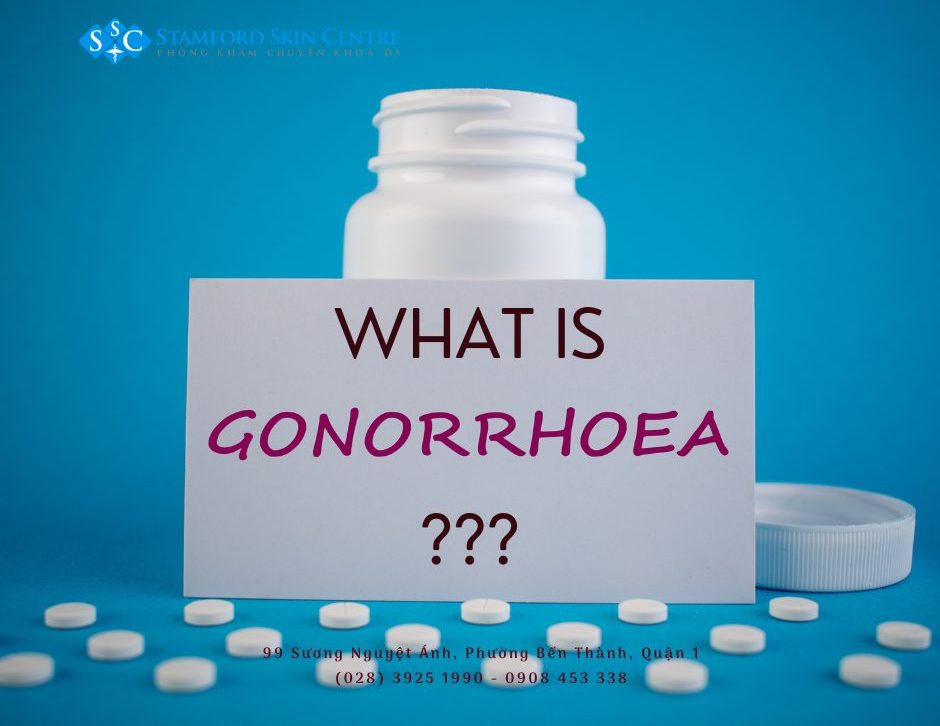
What is gonorrhea?
Gonorrhoea is a sexually transmissible infection that is very common. It is caused by Neisseria gonorrhoeae bacteria. Infection can occur in the urethra, cervix, anus, throat and eyes.
How is gonorrhea spread?
Gonorrhea is easily passed between people through:
– Unprotected vaginal, anal or oral sex.
– Sharing vibrators or other sex toys that have not been washed or covered with a new condom each time they’re used
– A pregnant person with gonorrhea can give the infection to their baby during childbirth.
Gonorrhea is not spread by kissing, hugging, swimming pools, toilet seats or sharing baths, towels, cups, plates or cutlery. The bacteria cannot survive outside the human body for long.
 What are the symptoms?
What are the symptoms?
Signs and symptoms of gonorrhea may appear 1-14 days after a person is exposed to an infected person.
For men, symptoms can include:
- A white, yellow or green discharge from the penis
- A burning sensation or pain when passing urine
- Redness around the opening of the penis
- Painful and/or swollen testicles
- Anal discharge and/or discomfort
- Conjunctivitis and eye inflammation
For women, symptoms can include:
- An unusual vaginal discharge
- A burning sensation or pain when passing urine
- Pelvic pain, especially during sex
- Anal discharge and/or discomfort
- Conjunctivitis and eye inflammation
Complications:
Untreated gonorrhea can cause serious and permanent health problems in both women and men.
- in women, gonorrhea can spread into the uterus or fallopian tubes and cause pelvic inflammatory disease (PID). The symptoms may be quite mild or can be very severe and can include abdominal pain and fever. PID can lead to internal abscesses and chronic pelvic pain. PID can also damage the fallopian tubes enough to cause infertility or increase the risk of ectopic pregnancy.
- in men, gonorrhea may be complicated by epididymitis. In rare cases, this may lead to infertility.
Diagnostic Testing
A urine sample can be used to check for infections in the urethra in men and women. Gonorrhoea is also diagnosed by taking a swab (using a long cotton bud) from any place that may have become infected – the cervix, urethra, anus or throat – and having it tested in a laboratory.
How can I reduce my risk of getting gonorrhea?
- consistent use of condoms, dental dams for vaginal, anal and oral sex. Condoms and dental dams are the best way of protecting against gonorrhea and some other sexually transmissible infections (STIs)
- limiting the number of sexual partners to reduce the risk of having sex with someone who has gonorrhoea
- regular STI check-ups.
What about partners?
If a person has been diagnosed and treated for gonorrhea, he or she should tell all recent anal, vaginal, or oral sex partners so they can see a health provider and be treated. This will reduce the risk that the sex partners will develop serious complications from gonorrhea and will also reduce the person’s risk of becoming reinfected. A person with gonorrhea and all of his or her sex partners must avoid having sex until they have completed their treatment for gonorrhea and until they no longer have symptoms.